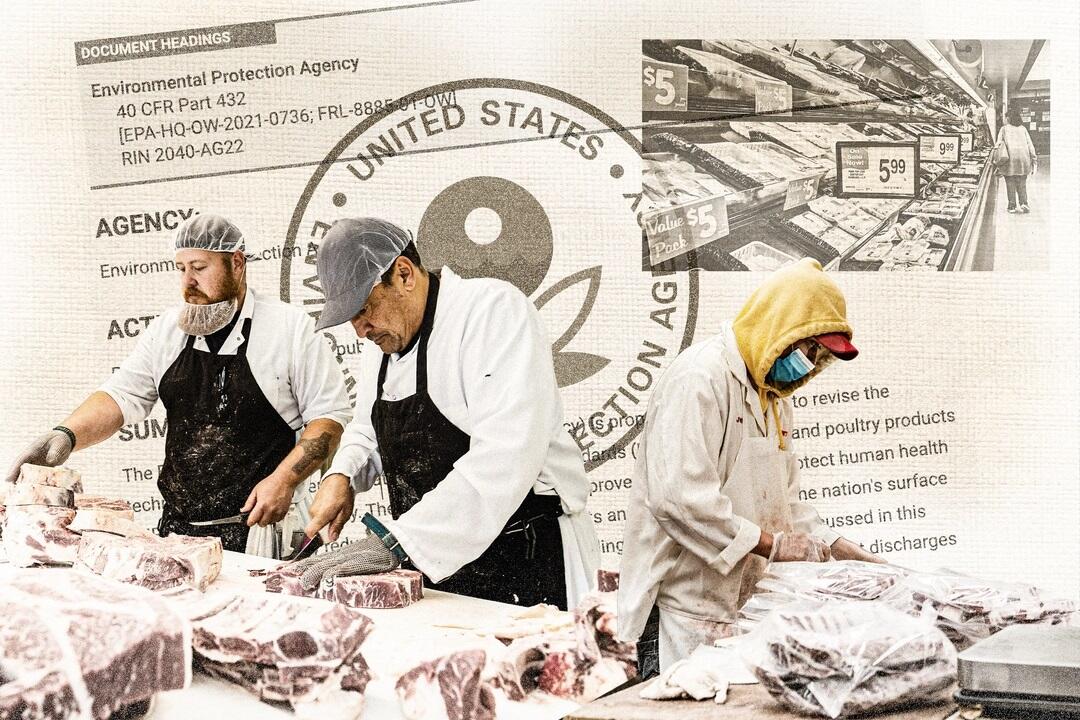
Food prices—especially meat and poultry—have skyrocketed in the past four years and could be exacerbated further next year when new EPA rules for meat processors go into effect.
The U.S. Department of Agriculture’s Food Price Outlook for September reported that beef and veal prices had increased for six straight months, and predicted they will rise 5.2 percent overall in 2024. Poultry prices also rose, although by a smaller percentage, and are expected to rise more before year’s end
The report traced the rise to factors including pandemic-related supply chain disruptions and the worst inflation since the 1980s.
Next year could see still higher meat and poultry prices at the grocery store, analysts say. That’s because an Environmental Protection Agency (EPA) proposal is expected to put some meat processors out of business, resulting in potential job losses and supply chain disruptions.
The EPA announced a proposed rule change governing effluent, or wastewater, limits for meat and poultry processors in January of this year, followed by public comment in the spring.
The agency’s final rule will go into effect in August 2025.
The proposal has met with opposition from dozens of states, industry stakeholders, and policy experts, who fear it will harm the industry, the food supply, and consumers.
The proposed changes are spurred by lawsuits filed by a coalition of 13 environmental organizations. In 2019, the groups challenged the Trump administration under the Clean Water Act for not updating aging water pollution control standards for slaughterhouses and meat processing plants.
In response, the EPA pledged to strengthen its regulations, without implementing changes. In December 2022, a second lawsuit was filed, resulting in the current proposal.
The proposed rule contains three possible options for reducing wastewater discharges from slaughterhouses and poultry processors through water filtration technology.




